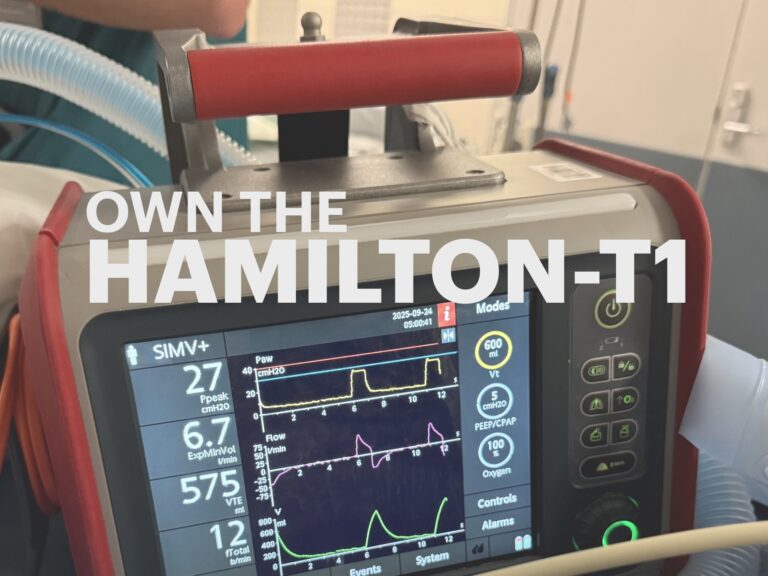
Hamilton T1: Paediatric/Neonatal Cards
Hamilton T1 paediatric/neonatal ventilation cards: SIMV+, NIV, nCPAP strategies with weight-based titration and troubleshooting guidance.

Hamilton T1 paediatric/neonatal ventilation cards: SIMV+, NIV, nCPAP strategies with weight-based titration and troubleshooting guidance.

Hamilton T1 adult/paediatric ventilation cards: SIMV+, NIV, ASV strategies with settings, titration and troubleshooting for critical care.
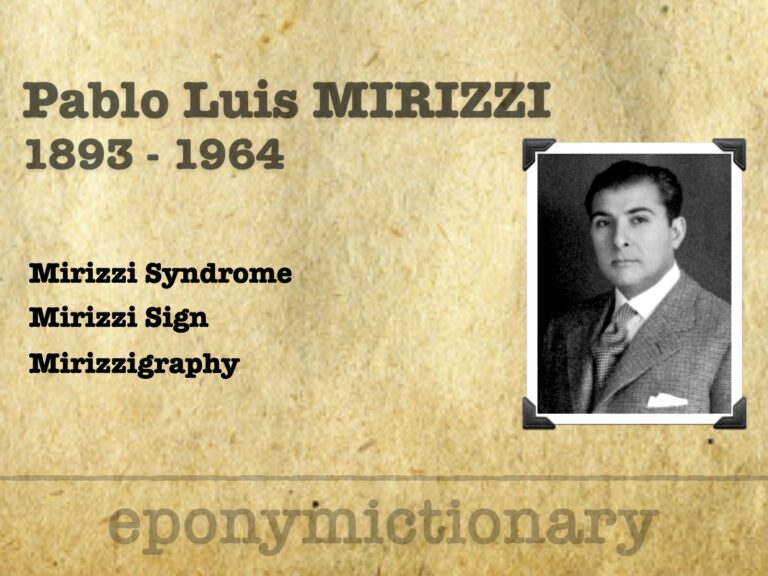
Pablo Mirizzi (1893–1964), Argentine surgeon who pioneered intraoperative cholangiography and described Mirizzi syndrome of biliary duct compression
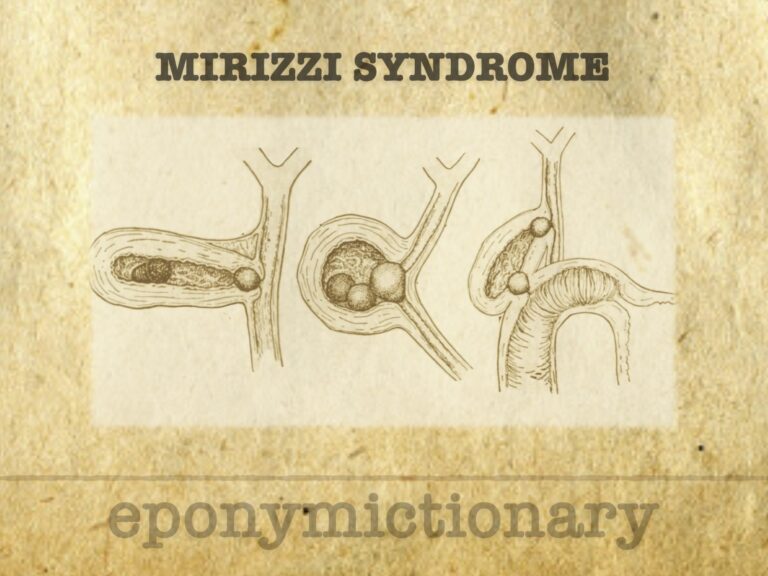
Mirizzi syndrome is a rare complication of gallstone disease involving bile duct compression or fistula formation, with evolving classifications from Mirizzi to Csendes and Beltrán
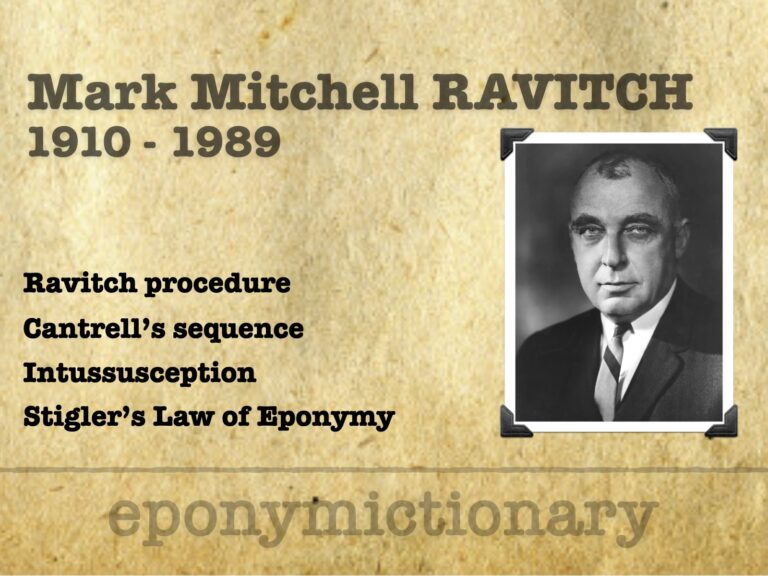
Mark M. Ravitch, pioneering pediatric surgeon, innovator of the Ravitch procedure, stapling, intussusception care, and Cantrell’s sequence.

William John Adie (1886 – 1935) was an Australian neurologist. Best known for describing the tonically dilated pupil (Adie pupil) associated with absent deep tendon reflexes (Adie syndrome) and his description of narcolepsy
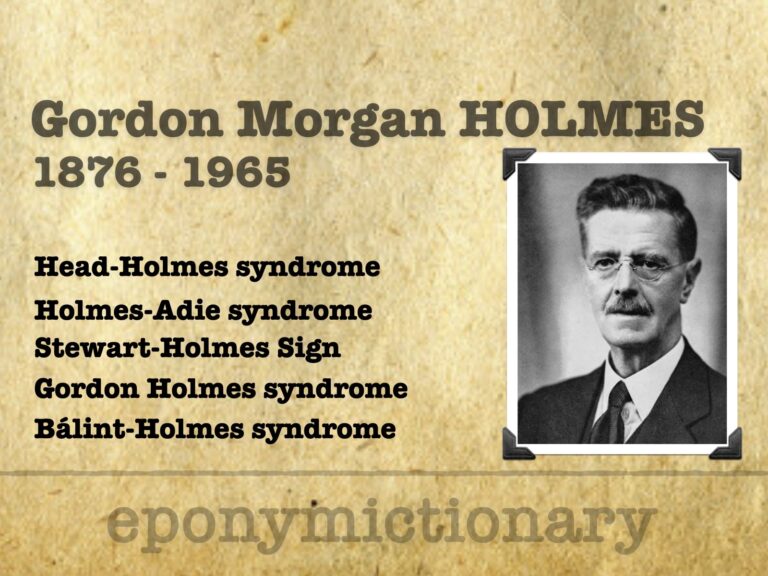
Irish neurologist Sir Gordon Holmes (1876–1965), pioneer of cerebellar and visual pathway research, key wartime studies, and enduring neurological eponym

German physician Bernhard Naunyn (1839–1925), pioneer of experimental medicine, defined acidosis, advanced diabetes and gallstone research, and co-founded Naunyn–Schmiedeberg’s Archives

German physician Heinrich Quincke (1842–1922) pioneered lumbar puncture and described Quincke’s pulse, oedema, triad, and more thus shaping modern clinical medicine

Hans Kehr (1862–1916), pioneer of gallbladder surgery, introduced the T-tube for bile duct drainage; eponymously linked to Kehr’s sign of splenic rupture.

Stephen Stigler, statistician and historian, coined Stigler’s Law of Eponymy and advanced the history of statistics through influential books and research
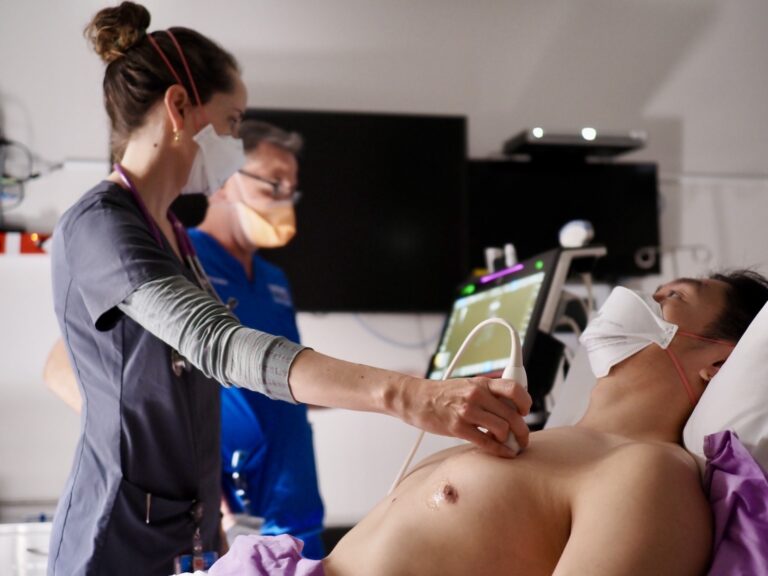
Everyone loves knob twiddling on machines that go ping! But how do you knobologise a touchscreen? Get ready to finger your way into POCUS.